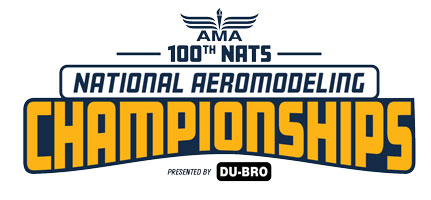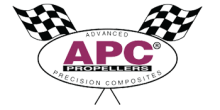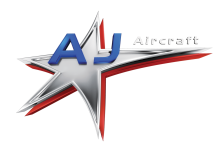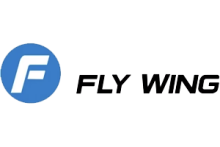
Mike Palko’s P-51.
By Matt Neumann
As the sun rises and illuminates the words on the pages for August 5, I see a very busy schedule today.
The day starts out at 7 a.m. with practice on the L-pad. The L-pad will be open for most of the day for practice. However, on the grass circles, there are several unofficial events starting up. Today, we have Old-Time Stunt (OTS), Classic, and Nostalgia 30 events being run.
OTS is an event where contestants build replicas of airplanes that were either kitted or had plans published before 1952. The Classic event has the same criteria, except the cutoff date is before 1970. Nostalgia 30 also has the same criteria, except there is a rolling cutoff of 30 years or older. The rules state that you have to build the airplane with the same dimensions as the original.
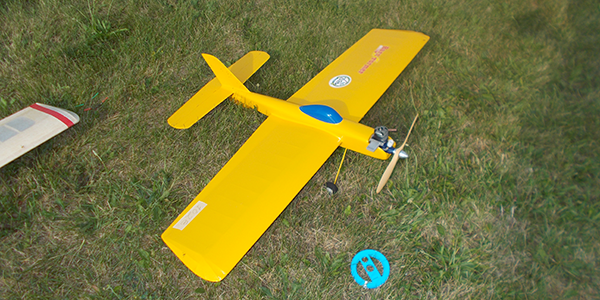
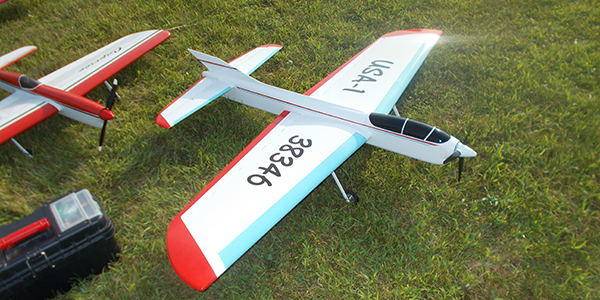
You can change the internal structure if necessary (some designs, shall we say, lack strength in some areas and are way too beefy in others). You do not have to use period-specific engines, but many fliers like to keep things as authentic as possible; therefore, they will source out engines from the period that their airplane represents. Some even go as far as sourcing actual hardware from that time period, making their airplanes as authentic as possible. There are even some awards for the most authentic airplane in each category.
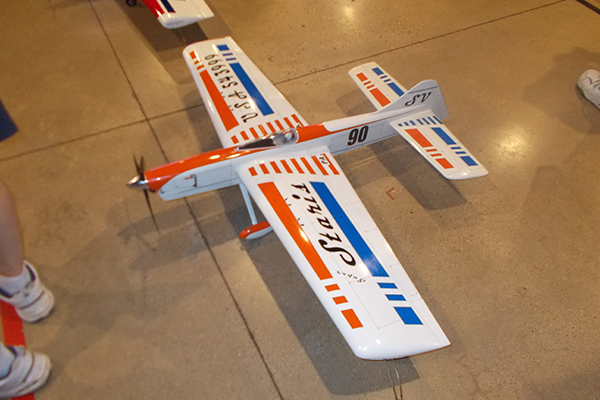
As for the flying part of things, the OTS airplanes use the old pattern that was flown until 1952, hence the reason for that cutoff date. The OTS pattern is very different from the modern pattern. The maneuvers are larger and not as complex. This is because those airplanes were typically not as capable as modern airplanes. This does not mean that the competition is more lax. There is quite a lot of good flying going on with these airplanes, and competition can be quite stiff.
Both Classic and Nostalgia 30 use the modern pattern. This pattern was adopted in 1952 and, aside from a couple of minor differences, is still in use today. In 1952, George Aldridge came up with an airplane called the Nobler. This airplane is credited as being the “Father” of modern airplanes; 99% of airplanes today use the same basic setup as this airplane, with flaps being added to the back of the main wing. This enabled airplanes to turn tighter corners, making it possible to do squares and triangle figures in a much easier fashion.
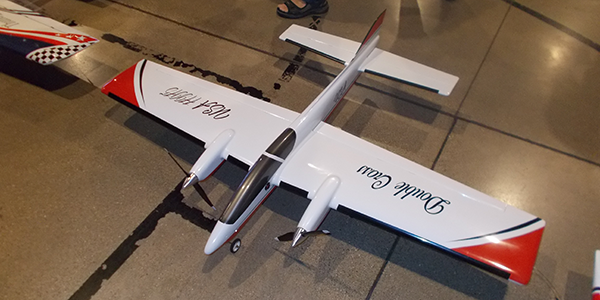
Sure, modern airplanes have changed in size and other dimensions, but they still almost all have the same control setup as the Nobler. This is why the modern pattern was developed to take advantage of the capabilities of the new airplanes. 1969 was chosen as the cutoff year for these airplanes because the 35-size engine was king during this period. You just did not do anything else in terms of engine size. However, after that, some larger engines, and therefore larger airplanes, started to emerge. So, 1969 was settled upon as the cutoff date for Classic.
However, as we age, we start having fond memories of airplanes built in the ‘70s and ‘80s with larger sizes and engines. So, another event was added for these airplanes. This time, a rolling date of 30 years past was adopted.
This year, we had 18 pilots in Classic and 16 pilots in Nostalgia 30. After the flying was done and the scores were added up, it was determined that Joe Gilbert came in first in OTS. Joe again came in first in Classic, and Darrell Harvin came in first in Nostalgia 30.

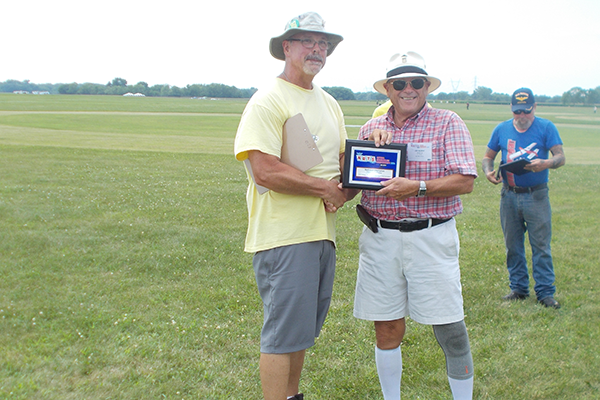
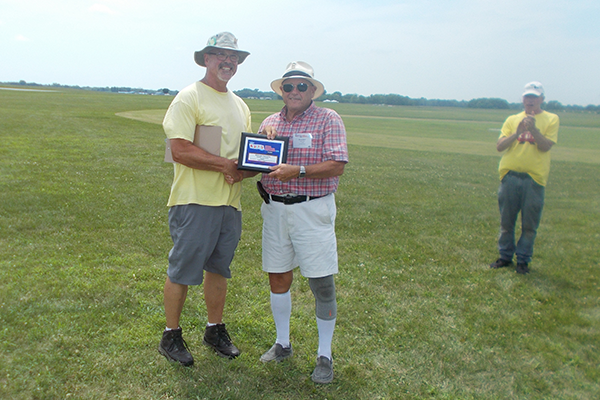
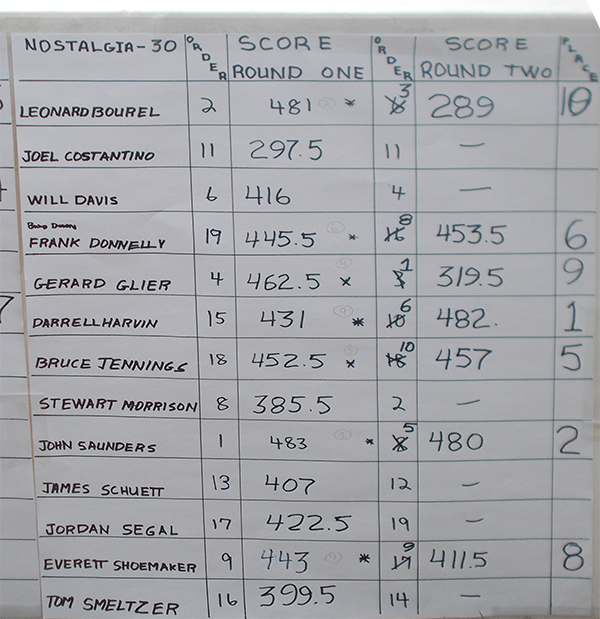
With the conclusion of flying, the day is still not over. Many pilots have to then pack up and get their Advanced or Open event airplanes over to the 180 Building for appearance point judging and the pilot meeting, which starts at 3 p.m. in the afternoon. The 180 Building is a local youth center run by a local church. The idea is to take a kid that is headed down the wrong road and turn them around 180°, hence the name. In this center is a very large gym meeting area and even a snack area for waiting pilots. It is a wonderful venue to host this part of the contest.
Appearance point judging is when pilots present their airplanes to some judges who then assign a zero to 20 score to the airplane based on the airplane’s appearance. The airplane is also weighed so the pilot knows how much to pull on a pull test. This is a safety test that every pilot is to perform before an official flight. More on this later. One of the rules is that the pilot of the airplane must be the builder of the airplane. So, no “professionally done” airplanes are allowed. Scores are determined based on how well the airplanes are built and finished. Airplanes with wood grain showing, paint that bled under the tape, and sand through from buffing too much are typical errors.
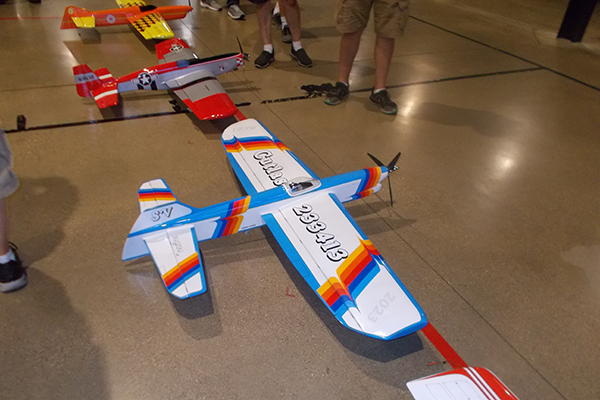
Once the scores are determined, the airplanes are put in rows. The best airplanes are placed in the front row, in this case all of the 19-point airplanes. Then, the airplanes that were awarded 18 points are in the next row, 17-point airplanes in the following row, and so on. The top airplanes will many times make a show car blush with shame, and it is a real honor to be placed in the front row. They are that good. The points are awarded here then added to each flight score throughout the rest of the competition. A point or two here can really make a difference later in the contest when scores are really tight. Remember that sentence. I am sure I will refer back to it later on, possibly even multiple times.
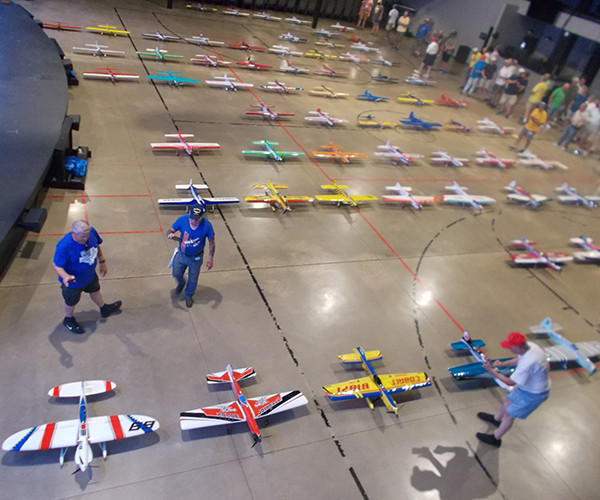
This process can take 2-3 hours. During this time, a pilot meeting is held, as all of the pilots are gathered in one place. John Paris will then go through the basics of how the contest will be run. This year, this is a little more important because we have many visitors from other countries here who are not familiar with our system in the US. In this case, we have visitors who are from Germany, Canada, and England. A rollcall is also taken to make sure that those who signed up are actually here. Any adjustments are then made. After the rollcall, a computer program splits the contestants into four different groups. Each group will have as equal a number of contestants as possible.
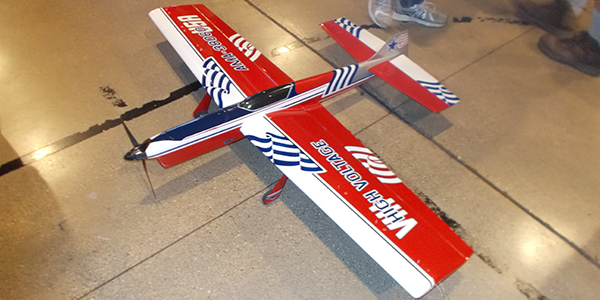
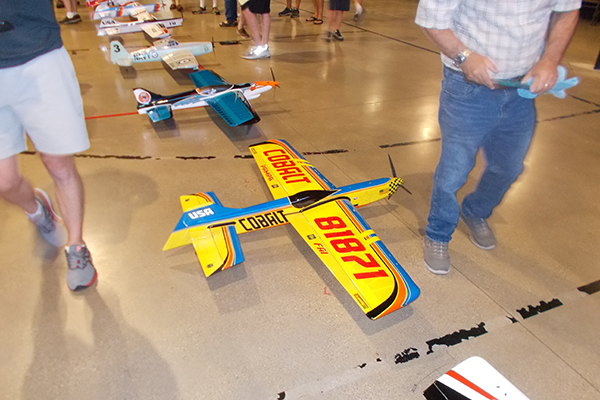
Whenever possible, the computer seeds the contestants through a mathematical formula based on how the contestant performed in the last 10 AMA Nats. For those who are not ranked, they are placed randomly in a group. Doing things this way is a good way to try and keep from loading up one group with a lot of talent while the next group might not have as much. This is important because each flier in each group (Open and Advanced) will fly two flights for the next two days. The best flight from Tuesday will be added to the best flight from Wednesday. The top five from each group in the Open and Advanced classes will then move on to fly on Thursday on Top 20 day.
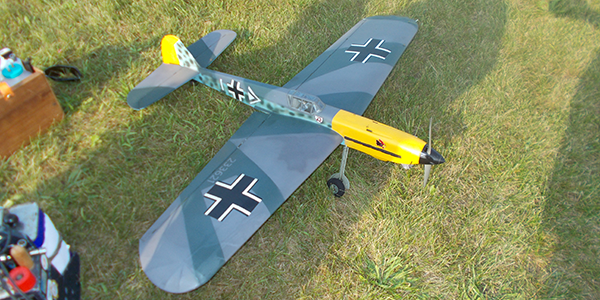
On Thursday, the top 20 pilots from the Open and Advanced classes will fly. The Advanced class will then fly two flights each, with each score being added together. From there, the winner in Advanced will be crowned. In the Open class, the top five pilots will move on to fly on Friday during Top 5 day. On that day, the National Champion will be crowned.
After the meeting, there was some time before the judges got done assigning appearance points, so everyone took advantage of the time, strengthening friendships and beginning new ones. This is a great time when everyone is relaxed and can visit without the hustle and bustle of a contest.
Once the judges are done, the contestants are allowed into the gym to see what their appearance score is and take pictures of all of the airplanes gathered together. To me, this is one of the highlights of the contest—seeing all of the airplanes in one place and taking lots of pictures. I always enjoy seeing the variety of airplanes and the artistic abilities of everyone.
Airplanes range from very realistic looking to being very artistic and everywhere in between. A good example of a very realistic airplane is Chris Cox's F6F Hellcat. It has very realistic looks, while still being a stunter. Jim Aron's airplane obtains a very artistic look and paint scheme. Both are immaculately built and painted, and they wound up in the front row of appearance point judging.
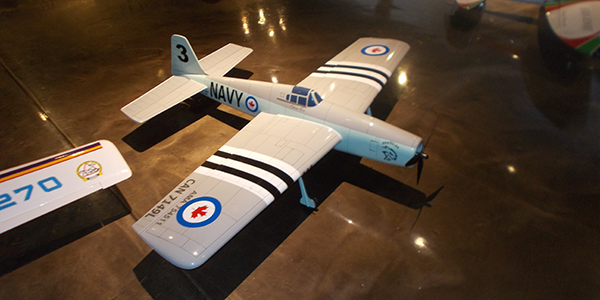
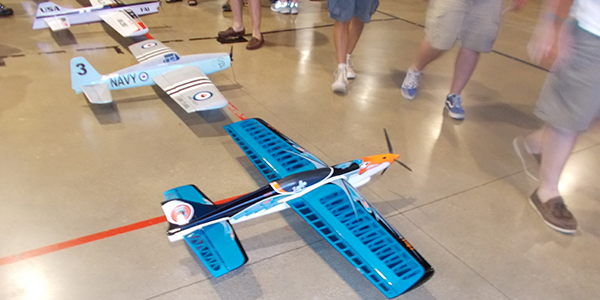
While everyone has their airplanes there, the pilots also vote on the Pilot’s Choice/Concours Award. This is an award voted on by the pilots for their favorite airplane of the group. It is a very prestigious award. It does not have to be given to the airplane with the most appearance points; it is given to the airplane that just looks the best overall to the pilots. As with last year, John Paris wants to make sure that he sees the airplane actually fly before giving the award, so the award will not be given out until Tuesday.
With the ballots for the Pilot’s Choice/Concours Award gathered, everyone then gathered their airplanes and either headed out for some chow or went back to the field for some last-minute practice.
The sun now sets on the page for August 5, revealing what has happened on this day in AMA Nats history. Tomorrow, it will rise again to start illuminating the words for August 6. Time to get some sleep so I can start reading tomorrow’s page!
Note from AMA: Do you have photos from the Nats that you’d like to share? If so, email them to Clarissa Poston at clarissap@modelaircraft.org. Please include a brief description in your email, naming any individuals pictured in the photo(s), the name of the event that the photo(s) were taken during, and the name of the individual who took the photo(s). Your submission(s) might be posted on AMA’s Flickr page, which can be found at www.flickr.com/photos/modelaircraft/albums!
